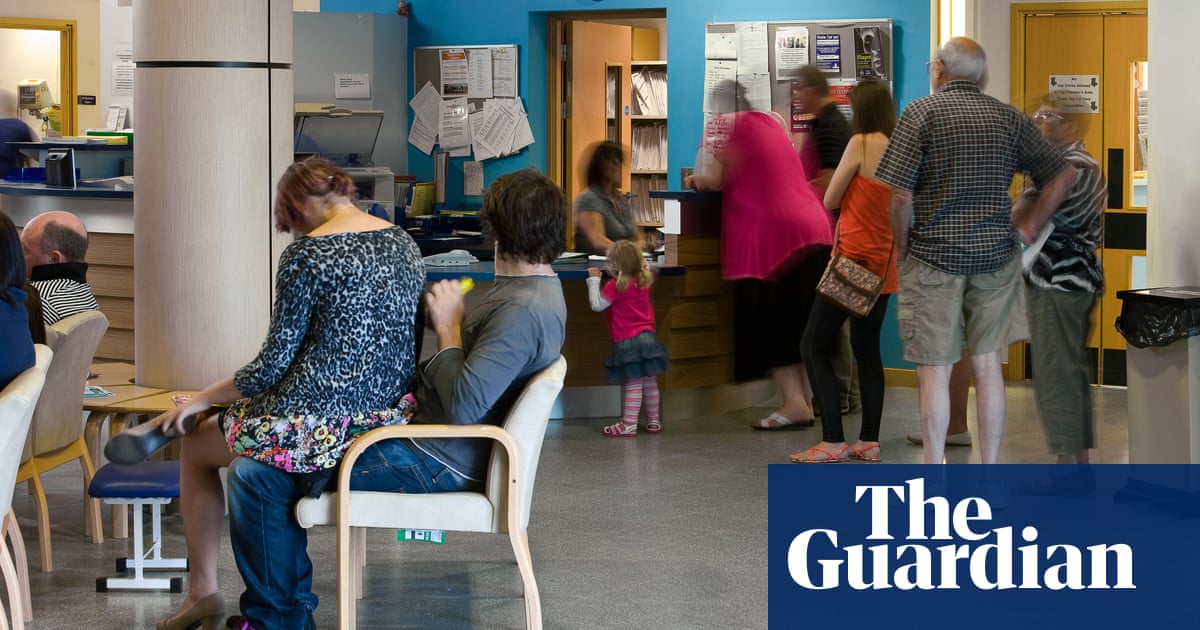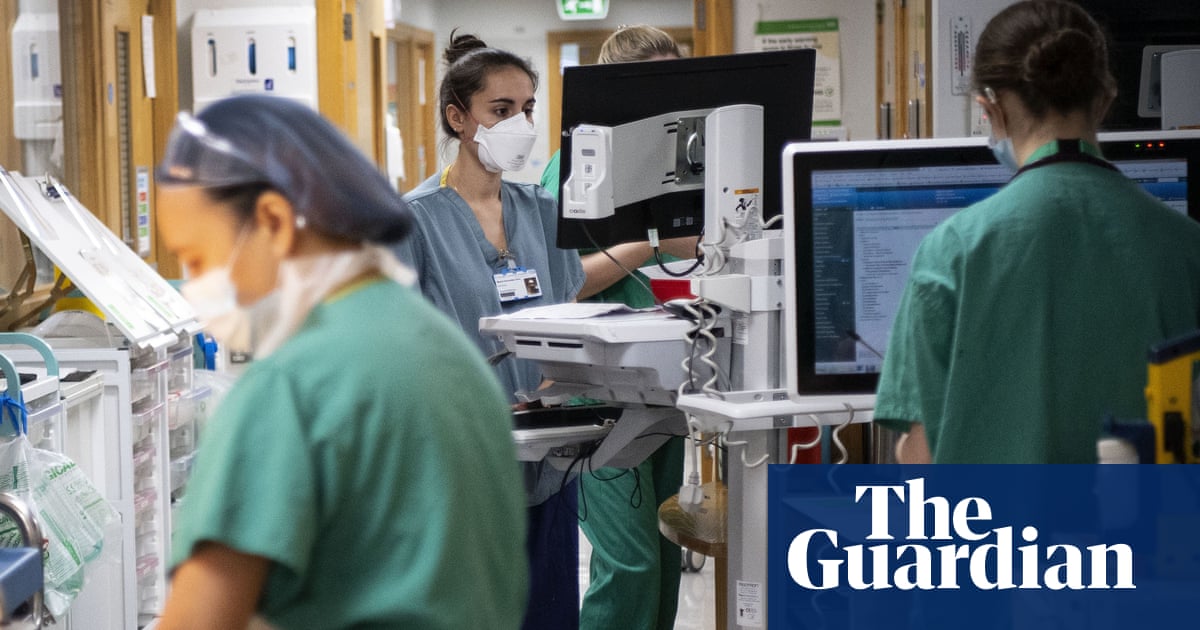
The NHS waiting list in England has hit a new record high, with nearly 7.7 million people – about one in seven – waiting for treatment.
Figures from NHS England show growth in the overall list, plus more people facing long waits of a year or more compared with the previous month.
The waiting list for treatment has been growing for much of the last decade, passing 3 million in 2014, 4 million in 2017, 5 million in 2021 and 7 million in 2022.
In February 2020, the last full month before the start of the Covid pandemic, the waiting list stood at 4.57 million.
Since then, the list has increased by just over 3 million, to 7.68 million as of July this year – the latest monthly figures just released by NHS England. This is up from 7.57 million in June and the highest number since records began in August 2007.
Rishi Sunak has made cutting waiting lists one of his priorities for 2023, pledging in January that “lists will fall and people will get the care they need more quickly”.
The new data shows 389,952 people in England had been waiting more than 52 weeks to start routine hospital treatment at the end of July, up from 383,083 at the end of June.
There were estimated to be 7,289 people in England who at the end of July had been waiting more than 18 months to start routine hospital treatment, up from 7,177 at the end of June.
When it comes to cancer, the picture is mixed, with a rise in the number of urgent cancer referrals made by GPs to 263,696 in July, up 1% on 261,006 in June and up 10% year on year from 239,739 in July 2022.
The proportion of cancer patients who saw a specialist within two weeks of being referred urgently by their GP fell from 80.5% in June to 77.5% in July, remaining below the target of 93%.
The number of patients waiting longer than 62 days after an urgent GP referral for suspected cancer was down slightly, the data further showed.
The proportion of cancer patients who waited less than two months for their first treatment after an urgent GP referral was 62.6% in July, up from 59.2% in June. The target is 85% and will remain one of the key cancer measures after the streamlining of performance standards in October.
Meanwhile, 74.1% of patients urgently referred for suspected cancer were diagnosed or had cancer ruled out within 28 days, up from 73.5% the previous month. The target is 75% and this will also remain one of the performance standards beyond October.
Siva Anandaciva, the chief analyst at the King’s Fund thinktank, said: “Today’s performance stats show there was no summer reprieve for under-pressure health services, and they come at a time when the NHS is in the spotlight for poor performance and culture.
“There continue to be real issues with how long patients are waiting for care in key services, including in A&E, where 73% of patients are being seen within four hours, which is below the government’s 76% recovery target and well below the 95% NHS standard patients are entitled to. Continued industrial action, including next week’s unprecedented combined junior doctors’ and consultants’ strike, will hinder the NHS’s ability to clear this backlog.”
NHS England said the data showed ambulance response times had improved for the third month in a row despite A&Es facing their busiest summer ever.
There were more than 6.5m attendances in A&Es across June, July and August – more than 20,000 higher than the previous record in 2019, it said. It also pointed to an improvement in average waits for planned care.
The shadow health secretary, Wes Streeting, said patients were waiting an “unacceptably” long time. He said: “On the NHS, Rishi Sunak is inaction man, refusing to meet with doctors to end NHS strikes and adding to the Conservatives’ NHS backlog, leaving patients waiting for months on end in pain and agony.”












